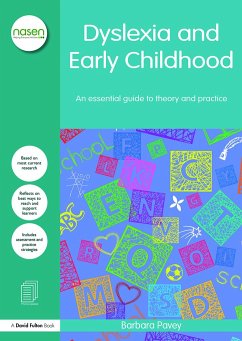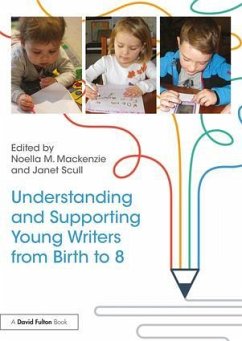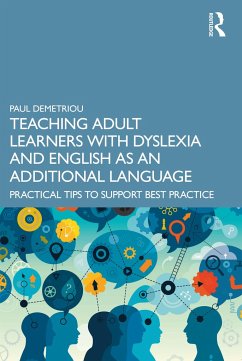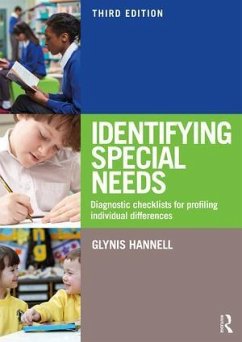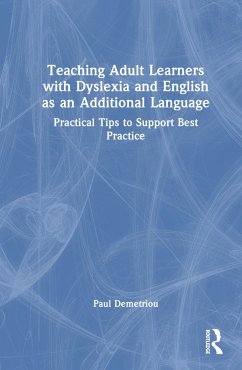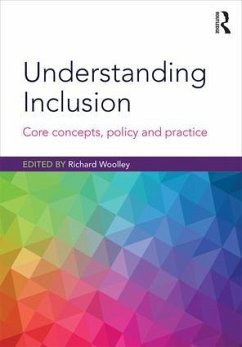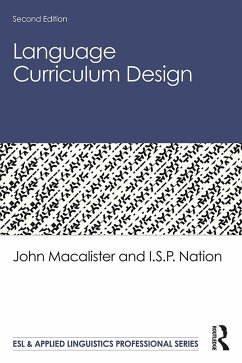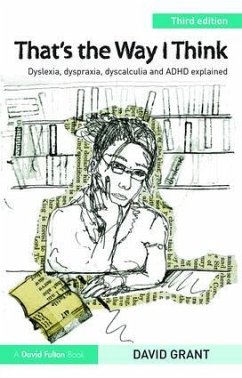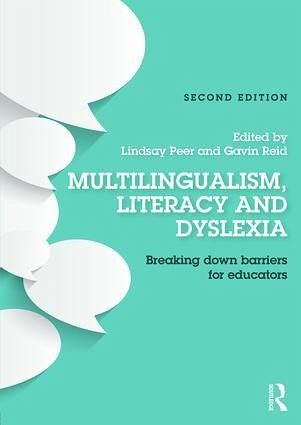
Multilingualism, Literacy and Dyslexia
Breaking down barriers for educators
Herausgegeben: Peer, Lindsay; Reid, Gavin
Versandkostenfrei!
Versandfertig in 6-10 Tagen
45,99 €
inkl. MwSt.
Weitere Ausgaben:

PAYBACK Punkte
23 °P sammeln!
This fully revised new edition provides advice on the identification, assessment and support of bilingual learners and assists practitioners in identifying the difference between literacy difficulties due to bilingualism or multilingualism and dyslexia. An essential text for staff development, it includes innovative approaches in technology and teaching programmes beneficial to multilingual learners and advice on learning additional languages. With contributions from experts from across the globe, this book will provide guidance on key themes, including:the assessment of multilingual learnerst...
This fully revised new edition provides advice on the identification, assessment and support of bilingual learners and assists practitioners in identifying the difference between literacy difficulties due to bilingualism or multilingualism and dyslexia. An essential text for staff development, it includes innovative approaches in technology and teaching programmes beneficial to multilingual learners and advice on learning additional languages. With contributions from experts from across the globe, this book will provide guidance on key themes, including:
the assessment of multilingual learnersthe impact of dyslexia on bilingualism the literacy challenges facing learners from Indigenous culturesthe role of the SENCO in identifying children with English as an additional language and Dyslexiathe emotional needs of learners with bi/multilingualism and Dyslexia
This book will provide guidance to anyone involved in literacy development and language learning. With the increasein international schools around the globe and the ever growing desire for parents to ensure that their children become proficient in English, this book will appeal to teachers, teaching assistants, specialists, and all other practitioners who work with bi/multilingual children.
the assessment of multilingual learnersthe impact of dyslexia on bilingualism the literacy challenges facing learners from Indigenous culturesthe role of the SENCO in identifying children with English as an additional language and Dyslexiathe emotional needs of learners with bi/multilingualism and Dyslexia
This book will provide guidance to anyone involved in literacy development and language learning. With the increasein international schools around the globe and the ever growing desire for parents to ensure that their children become proficient in English, this book will appeal to teachers, teaching assistants, specialists, and all other practitioners who work with bi/multilingual children.





